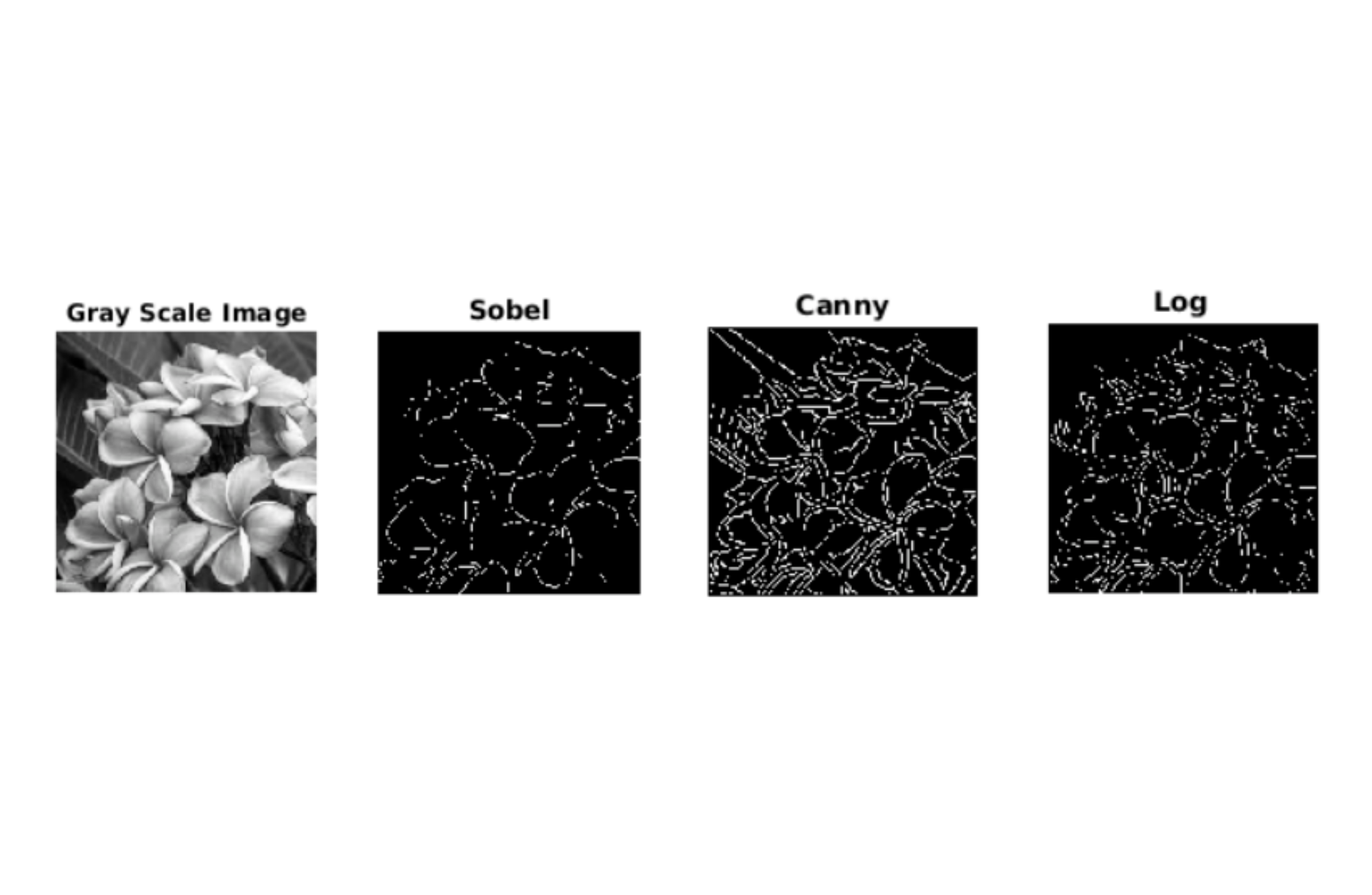What is Edge Detection in Object Detection?
Published on: Aug 14, 2024

Written by: Admin
Edge Detection in Object Detection
Edge detection is key in object detection, highlighting object boundaries to improve recognition and classification. Explore techniques and applications in this essential computer vision step.

How Edge Detection Works in Object Detection
Object detection involves identifying and locating objects within an image. Edge detection simplifies this task by highlighting the boundaries of objects, which are characterized by sharp changes in intensity. Here's a step-by-step explanation of how edge detection aids in object detection:
- Image Preprocessing:
- Noise Reduction: Images often contain noise that can interfere with edge detection. Techniques like Gaussian filtering are used to smooth the image and reduce noise.
- Edge Detection:
- Gradient Calculation: Edge detection algorithms compute the gradient of the image intensity at each pixel, identifying regions with high intensity changes.
- Edge Enhancement: The gradient magnitudes are used to enhance the edges, making them more prominent.
- Edge Linking and Detection:
- Non-Maximum Suppression: This technique is used to thin the edges, keeping only the most significant ones. It removes pixels that are not part of the local maxima.
- Edge Linking: Algorithms like the Canny edge detector use hysteresis to link edges together, forming continuous boundaries.
- Object Localization:
- Bounding Box Creation: The detected edges are used to form bounding boxes around objects. This step involves finding the minimum and maximum coordinates of the edges to define the box.
- Object Classification:
- Feature Extraction: Additional features are extracted from the regions within the bounding boxes to classify the objects. These features might include texture, color, or shape descriptors.
Techniques for Edge Detection in Object Detection
Several edge detection techniques can be applied for object detection, each with its advantages and limitations:
- Sobel Operator: Effective for detecting edges along the horizontal and vertical directions. It is simple and fast but can be sensitive to noise.
- Canny Edge Detector: One of the most widely used methods. It provides good edge detection accuracy and is robust to noise due to its multi-stage process (Gaussian smoothing, gradient calculation, non-maximum suppression, and hysteresis thresholding).
- Laplacian of Gaussian (LoG): Combines Gaussian smoothing with the Laplacian operator to detect edges. It is effective for detecting fine details and is less sensitive to noise.

Example: Applying Edge Detection for Object Detection
Let's walk through an example of how edge detection can be applied for object detection using Python and OpenCV:
- Loading and Preprocessing the Image:
python
Copy code
import cv2
import numpy as np
import matplotlib.pyplot as plt
# Load the image
image = cv2.imread('image.jpg', 0)
# Apply Gaussian blur to reduce noise
blurred_image = cv2.GaussianBlur(image, (5, 5), 0)
# Display the original and blurred images
plt.subplot(121), plt.imshow(image, cmap='gray'), plt.title('Original Image')
plt.subplot(122), plt.imshow(blurred_image, cmap='gray'), plt.title('Blurred Image')
plt.show()
- Edge Detection Using Canny:
python
Copy code
# Apply Canny edge detector
edges = cv2.Canny(blurred_image, 100, 200)
# Display the edges
plt.imshow(edges, cmap='gray')
plt.title('Canny Edge Detection')
plt.show()
- Finding Contours and Drawing Bounding Boxes:
python
Copy code
# Find contours in the edged image
contours, _ = cv2.findContours(edges, cv2.RETR_EXTERNAL, cv2.CHAIN_APPROX_SIMPLE)
# Draw bounding boxes around detected objects
image_with_boxes = cv2.cvtColor(image, cv2.COLOR_GRAY2BGR)
for contour in contours:
x, y, w, h = cv2.boundingRect(contour)
cv2.rectangle(image_with_boxes, (x, y), (x + w, y + h), (0, 255, 0), 2)
# Display the result
plt.imshow(image_with_boxes)
plt.title('Object Detection with Bounding Boxes')
plt.show()
Applications of Edge Detection in Object Detection
- Autonomous Vehicles: Detecting road boundaries, pedestrians, and other vehicles to navigate safely.
- Medical Imaging: Identifying tumors, organs, and other structures in medical scans.
- Industrial Automation: Detecting defects or objects on production lines for quality control.
- Surveillance: Identifying and tracking individuals or objects in security footage.
- Robotics: Enabling robots to recognize and interact with objects in their environment.
Edge detection is a fundamental technique in image processing that plays a critical role in object detection. By highlighting the boundaries of objects, it simplifies the task of recognizing and localizing objects within an image. With advancements in algorithms and computational power, edge detection continues to be a powerful tool in various applications, from autonomous vehicles to medical imaging. Understanding and implementing edge detection techniques can significantly enhance the accuracy and efficiency of object detection systems.

